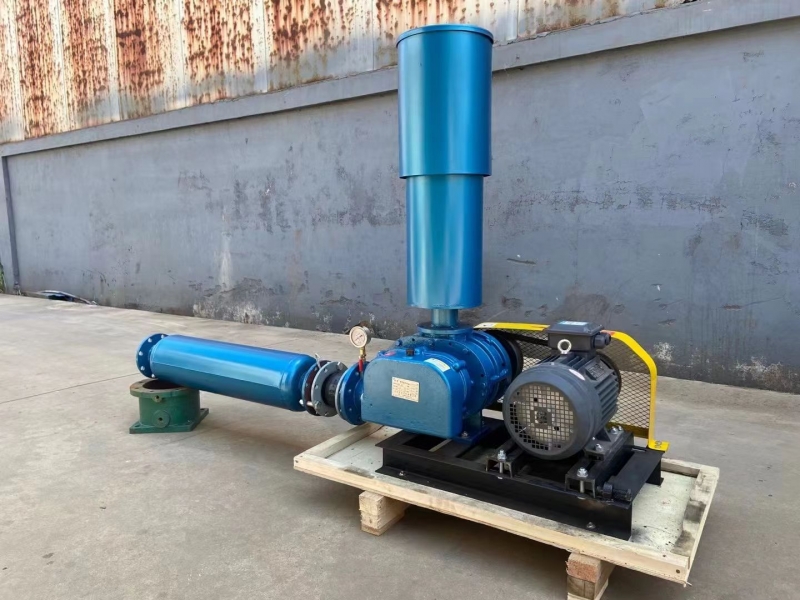News
Guidance on aquaculture in rainy, snowy and freezing weather

In order to reduce the adverse impact of rain, snow and freezing weather on aquaculture production and minimize disaster losses, the specific measures that should be taken are recommended as follows.
1. Add fresh water appropriately to raise the water level of the pond. Because the temperature is low and close to the freezing point, the temperature of the surface water of the pond is close to the temperature. The shallow water level limits the activity space of aquatic animals, and aquatic animals are prone to frostbite; In addition, the injection of fresh water is beneficial to increase dissolved oxygen in water.
2. Pay close attention to the pond to prevent hypoxia death. If the pond is found to be frozen, an appropriate area of ice must be pried open in time to prevent the death of aquatic animals in the pond due to hypoxia.
3. Do not pull nets in freezing weather. Avoid damage to aquatic animals due to freezing.
4. Strengthen fishery facilities and remove snow in time. Plastic sheds and general simple management houses must be cleared of snow in time to prevent excessive snow from causing facilities to collapse; Check the water inlet and drainage system for pond breeding to ensure that it is unblocked; Intensive facilities, such as greenhouse turtle and ornamental fish farming, should pay attention to the safety of various pipelines to prevent unnecessary losses caused by gas, power and water cuts caused by freezing.
5. Check fishery machinery to ensure normal use. Check the condition of roots blower, lines and other production equipment, eliminate hidden dangers in time, and ensure normal use.
Welcome to contact:+8618013418091(Whatsapp/Wechat)
+8618013418097(Whatsapp/Wechat)
 Alvin
Alvin hugh778
hugh778